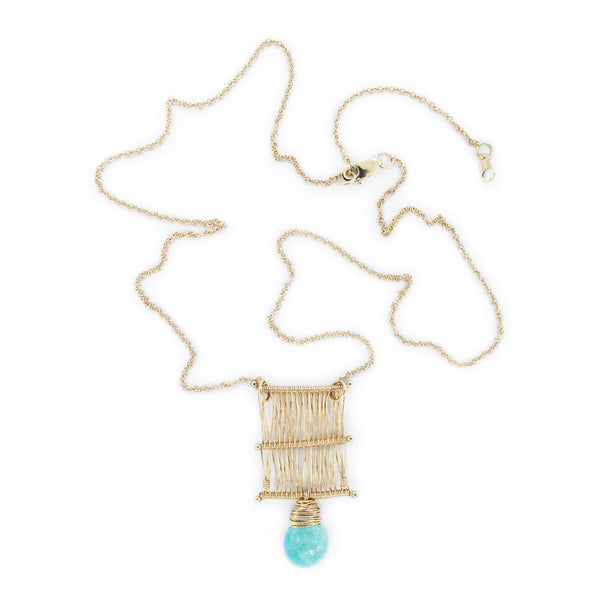September 13, 2019

Howdy Jewelry Fans! I love Silver, but have been attracted more and more to ease of wearing gold (Silver oxidation is REAL and does happen. Plating in Rhodium to avoid oxidation isn't great for the environment and leads to ethical concerns and conscientious objections from my inner tree hugger). I hear from OSJ Fans that you love the carefree care of gold and the luxe sheen of high carat gold. But with all the options out there, what in the heck do all the different types of "gold" mean?
Let's get Nerdy for a bit, shall we? As I've been working with more Gold, I find myself talking about the karat, purity, strength, color and attributes of the different types of Gold in Original Sin Jewelry's Collections at shows. Since my website is a 24 hours a day, 365 (and 1/4) days a year show, it makes sense to talk about it here too. Right?
First, there's Gold. The purity of Gold is expressed in Karat's. 24k Gold is 100% gold, 18k is 18/24 parts gold (75%) and 14k Gold is 14/24 parts gold (roughly 58%). I'm not sure how humans started using 24 parts of gold to represent 100%, but it happened and we are where we are today. (Gemstone carats are another anomaly, but let's leave those aside for another Journal Entry.)
Next there is Gold Filled. Which is a bit of a misnomer. Gold Filled isn't actually filled with gold, the gold is the outside layer. The filled part is a base metal and can be brass or nickel. Gold is applied to the inner layer through a heat and pressure bond and is normally approximately 5% Gold.
Finally, we come to plating, the underlying method for creating Vermeil. However, all plating is not created equally. Regular gold plating is a molecule or two thick layer of gold adhering to a base metal. Gold plating has a bad reputation. It often wears off to a not so nice metal underneath. And it's a super thin layer. Yuck.
Vermeil, however, is thick Gold plating over Silver. It's called "Heavy Gold Electroplate" and must legally have a measurement of 100 millionths. I use 120 millionths, 20% over the legal standards. Most folks use Sterling Silver, but as I fabricate mostly in Fine Silver (except for structural elements), my Vermeil is primarily over Fine Silver. In addition, I use a nickel free process. I'm allergic to Nickel, a lot of you are allergic to Nickel and I don't want in in my studio or on my body. Oh. And I'm using 24k, or 100% Gold to do the overlay with, meaning you are purchasing almost pure gold over almost pure silver. I feel good about that! And I hope you do too!
Whew! I'm super glad we talked about that Jewelry Fans! Walking on the Nerdy side ain't so bad every once in a while, eh? And, it's just me being my Authentic Nerdy Self.
What's your Authentic Self?? I'd love to hear in the comments.
#BeAuthentic
Comments will be approved before showing up.
January 29, 2024
March 07, 2023
January 26, 2023

Join the OSJ Patron Club!
Opt into the Patron Club to receive your FREE Earring Guide for Video Meetings! Check your inbox in just a little bit and be sure to add Original Sin Jewelry to your "accepts emails" list!